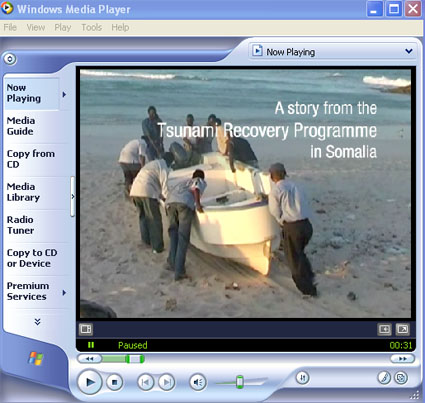Topic 5: Aid organistions
Challenges faced by the international humanitarian system
It is difficult to provide a comprehensive description of the challenges faced by international organisations in complex emergencies. The challenges are also multi-dimensional and in most cases, the cause and effect relationships are blurred. The following provides an overview of these challenges.
Difficulties in adhering to Humanitarian Principles
While all practitioners affirm that the relief of life-threatening suffering is at the heart of humanitarian action, some attach greater importance than others to the ways in which life-saving activities are carried out. Practitioners who are clear and consistent in their articulation of principles are more successful in their efforts than those who are not. From a practical lens, there are difficulties, albeit these are mere symptoms of more complicated and underlying causes.
1. Relieve life threatening suffering. Often made difficult due to:
- Incorporation of other agendas
- Bureaucratic inertia
2. There should be a proportionality to need of humanitarian response. Requiring:
- Analysis of the scope of the need
- Recognition of the need
- Accurate reporting of the need
3. Humanitarian action must be non-partisan. Made more difficult by:
- Civil war
- Lack of depth of commitment
- Constituency pressure
- Location
4. Humanitarian organisations must be independent: The independence may lead to problems such as:
- Restricted access to “sensitive” areas
- Burdensome rules and restrictions
- Backlash against the organisation in some cases
- Difficulties in coordination
5. Humanitarian organisations must be fully accountable for their actions. Requiring:
- Adequate recording and reporting mechanisms
- Consideration of activities which might foster further violence
6. Humanitarian assistance must be appropriate. Guaranteeing appropriateness requires consideration of:
- Cultural acceptability that does not contradict international norms
- Possible support of objectionable practices
- Provision of emergency aid versus development aidmight have to define these terms
7. Contextualisation of the humanitarian action should include:
- Careful consideration of the problem
- Consideration of effects of the proposed solutions
8. Sovereignty must be held subsidiary to humanitarian relief of life-threatening suffering. This may be accomplished by:
- Persuasion
- Intervention
- Coercion
The humanitarian space
Humanitarian agencies operate within a ‘humanitarian space’ that may be constrained to a greater or lesser extent by deliberately restricted access (roadblocks, attacks on aid convoys and personnel) as well as access being restricted through poor or damaged infrastructure and seasonal climatic factors. Humanitarian space is a dynamic concept. Levels of access and availability of resources can change regularly during an aid operation. Agencies can themselves influence the humanitarian space available to them. Successful negotiation, for example, may open new routes through contested areas.
Agencies can also reduce the space available to them by sticking rigidly to their mandate, even though flexibility might prove more effective. Agencies may sometimes take a principled stand and refuse to supply relief inputs where an unacceptably high proportion of these are being diverted by combatants to fuel the war. Humanitarian space may thus be restricted in the short-term, in the hope that this will lead to more freedom to operate effectively over the longer-term.
Lack or Absence of normal accountability mechanisms
While the degree of functionality and freedom enjoyed by the press and judiciary may be limited in many states and not affected by instability or conflict, in most complex emergencies the degree of functionality and freedom is either severely constrained or has been eliminated. Those involved in the conflict and those involved in trying to provide humanitarian assistance therefore operate in a context of absent or severely weakened national accountability mechanisms.
 |
|
The ALNAP State of the Humanitarian System: Assessing performance and progress, pp 18-48.
|
|
 |
|
|
Watch the six minute video: A story from the tsunami recovery programme in Somalia: big boats or small boats? This short clip features a humanitarian aid worker explaining how one of the Humanitarian Charter’s principles was applied to solve the dilemma of what sized boats to endorse. Watch the clip and comment on how the issue of big boats or small boats was resolved. All possible steps should be taken to prevent or alleviate human suffering arising out of conflict or calamity, and that civilians so affected have a right to protection and assistance. Source: http://www.sphereproject.org/content/view/220/233/lang,english/ |
||
